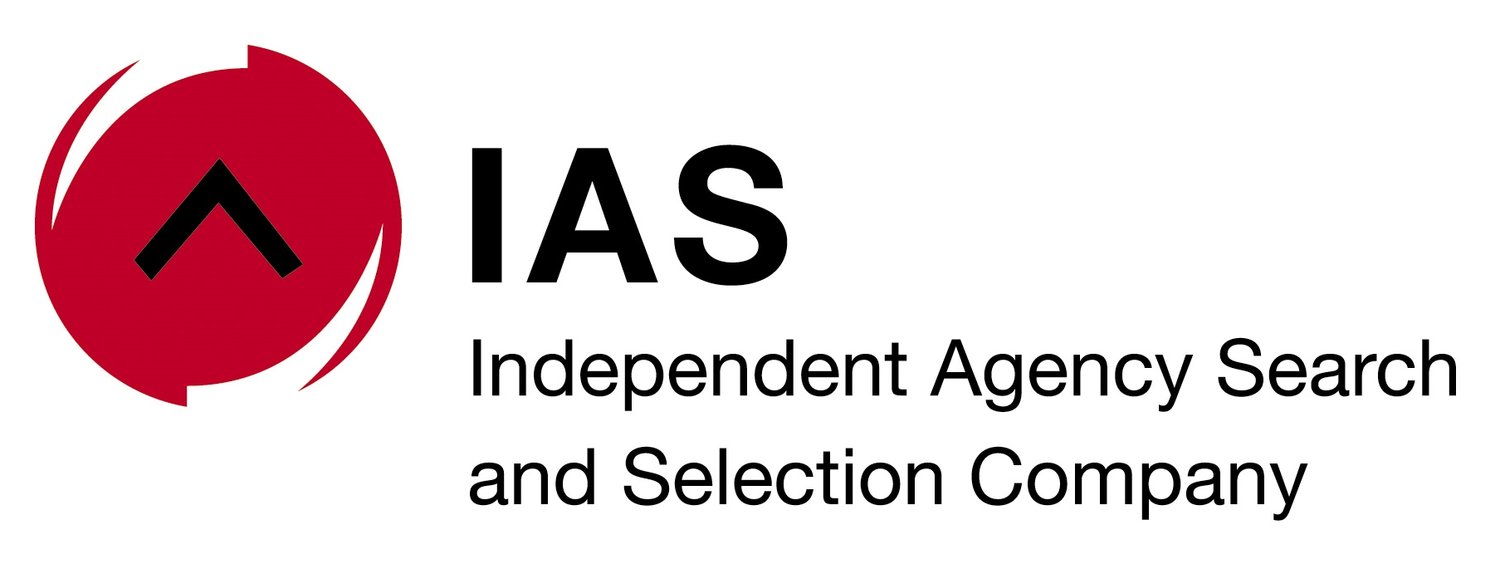The fourth edition of the unparalleled study Agency Scope 2021/22 South Africa brought 465 interviewees face-to-face with researchers in video interviews, comprising 239 leading marketing professionals from 158 companies; 156 creative agency professionals; 50 media agency professionals; and 20 media owners. A total sample size 465 individuals - the largest sample for Agency Scope in South Africa to date.
The South African data forms part of the body of research conducted in 11 other markets across five continents. In pitting local trends against global, president and CEO of Scopen International, Cesar Vacchiano, and Johanna McDowell, CEO of the Independent Agency Search & Selection Company (IAS) and Scopen partner, note areas of universal equality – and then some enormous differences.
Digital sector
“Notably there is increased investment in the digital sector,” says Vacchiano. “Globally, digital has grown 2.9 percentage points or +7.6% in the last three years. China and Brazil are the markets with the highest digital budget (50.1% and 45.1%, respectively), and the IAB South African Digital Ad Spend Report for 2020 reveals that despite the state of the economy, the digital industry experienced an 18% year-on-year growth.”
Current digital ad spend accounts for 38% of marketing spend in South Africa and digital spend is divided largely between three sectors, being digital paid media (33.1%), social media and influencers (23.4%) and search engine optimisation (15.5%).
Programmatic, CRM, e-commerce and marketplaces and “other” make up the balance.
Investment in the sector continues apace, according to Vacchiano, who notes that there are more partners working with marketers in a far more complex ecosystem, helping clients with their communication mix. “On average,” he says, “each advertiser surveyed works across its communications, marketing, advertising and media projects with an average of 13 different partners.”
Says McDowell: “The complexity of managing this number of partners requires robust leadership to establish which companies are responsible for which space, and how to keep them in their own lanes.
Collaboration
“The companies themselves must be highly focused and leaders must manage collaboration between them. One way of doing this would be for the CMO to run it; the second would be to appoint a lead agency that the CMO can rely on to assist with this hugely important aspect.”
In this regard, Vacchiano notes a standout in Agency Scop 2021/22 research is the satisfaction clients expressed with their agencies, noting appreciation of the lengths agencies went to in intensifying working relationships through the pandemic.
“Clients are acutely aware of and grateful for the strength of their partnerships with their agencies. The leadership shown through the massive challenges is noted and lauded by brands,” he says.
“Worldwide, the work agencies did for some brands truly set new standards in creativity, brand-building and strategy, and clients highlighted their satisfaction in our interviews.”
McDowell adds that travel restrictions increased the availability of senior executives on the client side enabled more access to the C-Suite. “This has been a boon to agencies who took the opportunity to demonstrate their capabilities and successes at the highest level.”
Agency Scope 2021/22 analysis has also brought to light how marketers invested their spend. Globally, investment is about 50% on brand building, long-term brand development and big campaigns; with around 50% in shorter-term, performance and sales driven lead generation initiatives.
“What this tells us,” Vacchiano posits, “is that reinforcing brands in the minds of the consumer is of equal importance to marketers as the short-term wins from leads and sales.
“The takeaway from this part of the research is that opportunity for big branding campaigns should not be ignored.”


